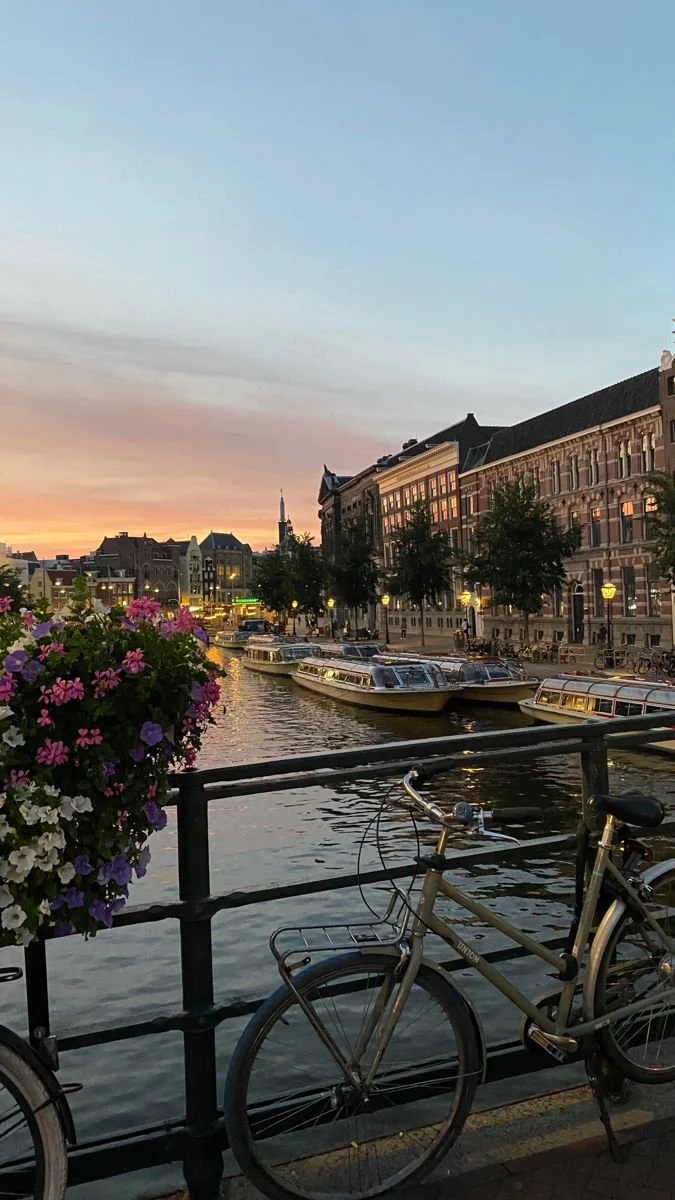Moving to a new city can be an exciting adventure, full of new opportunities and experiences. One of the biggest steps in this journey is buying a home in your new location. Silver Spring, Maryland, for example, is a vibrant city known for its diverse community, rich cultural scene, and proximity to Washington, D.C. Whether you're considering a move to Silver Spring or any other city, purchasing a home is a significant decision that requires careful planning and consideration.
Buying a home in a new city comes with its own set of benefits, challenges, and considerations. From understanding the local real estate market to getting to know the community, there are several factors to consider before making your decision.
In this article, we'll explore essential things to know and do before buying a home in a new city. Let's dive into the key aspects that can help you make an informed and confident choice when purchasing your new home.
No. 1
Research the Local Real Estate Market
Before buying a home, it's crucial to understand the local real estate market in your new city. Whether you are a first-time homebuyer, a savvy investor, or a renter seeking your dream space, understanding the most sought-after property types can be your ticket to making a wise decision. Look into current housing prices, market trends, and future projections.
This research will help you gauge whether it's a buyer's or seller's market and what type of property you can afford. Consider working with the best realtors in Pittsburgh PA who can provide insights and guidance specific to the area.
Real estate agents are even invaluable in helping you to buy or rent a studio apartment in New York City (for example) as they can offer valuable information about neighborhoods, pricing, and the buying process, helping you make a well-informed decision.
No. 2
Consider Professional Moving Services
When it comes time to move, consider hiring professional movers to help with the transition. For example, Silver Spring movers, best known as 495 Movers, can provide reliable and efficient moving services, making your relocation process smoother and less stressful. Professional movers can handle the logistics of packing, transporting, and unpacking your belongings, allowing you to focus on settling into your new home.
No. 3
Explore Different Neighborhoods
Spend time exploring different neighborhoods to find the one that best suits your lifestyle and preferences. Consider factors such as proximity to work, schools, public transportation, and amenities like parks, shops, and restaurants. Each neighborhood has its own character and vibe, so it's important to find one that feels like home. Make sure you get a feel for the place by walking around and visiting local stores. You can also talk to current residents to try and get an idea of what it’s like to live there.
No. 4
Consider Commute and Transportation Options
Your daily commute can significantly impact your quality of life. Research transportation options and traffic patterns in your new city. Consider the proximity of your potential home to major highways, public transit, and your workplace. A convenient and manageable commute can make a big difference in your daily routine. Also, think about your long-term transportation needs and whether the area is likely to remain accessible and well-connected in the future.
No. 5
Understand Local Taxes and Living Costs
Be aware of the local tax rates, including property taxes, and the overall cost of living in your new city. These factors can affect your budget and the affordability of your new home. Research utility costs, insurance rates, and other expenses to get a complete picture of what it will cost to live in your new city. Understanding these costs upfront can help you plan your finances and avoid surprises down the line.
No. 6
Check Out Schools and Education
If you have children or are planning to start a family, the quality of local schools is an important consideration. Research school districts and educational opportunities in the area. Visit schools and talk to parents in the community to get firsthand information about the education system. Good schools not only provide quality education but also contribute to the overall value of the neighborhood and can be a deciding factor in where you choose to buy a home.
No. 7
Investigate Safety and Crime Rates
Safety is a top priority when moving to a new city. Research the crime rates and safety records of different neighborhoods. You can find this information online or by contacting the local police department. A safe and secure neighborhood will provide peace of mind and contribute to a positive living experience.
No. 8
Plan for Future Developments
Stay informed about any planned developments or changes in your new city that could affect your home's value or living conditions. This could include new construction projects, changes in zoning laws, or infrastructure improvements. Understanding the city's future plans can help you make a more informed decision about where to buy your home.
No. 9
Get to Know the Community
Immersing yourself in the community can help you feel more at home in your new city. Attend local events, join community groups, and explore local attractions. Getting to know your neighbors and the community culture can provide valuable insights and help you settle into your new environment.
No. 10
Be Prepared for the Unexpected
Moving to a new city and buying a home can come with unexpected challenges. Be prepared for surprises and be flexible in your plans. Having a contingency budget and being open to adapting your plans can help you navigate any unforeseen obstacles that arise during the home-buying and moving process.
No. 11
Take Your Time
Finally, don't rush the home-buying process. Take your time to thoroughly research, explore, and consider all aspects of your move. Making a hasty decision can lead to regrets later on. Be patient and wait for the right opportunity to find a home that truly meets your needs and fits your lifestyle.
Takeaways
Buying a home in a new city is a big step that requires careful thought and preparation. By researching the local market, exploring neighborhoods, understanding the costs and taxes, and getting to know the community, you can make an informed and confident decision. Remember, this is not just about finding a house but about creating a home where you can thrive and enjoy your new life.







































